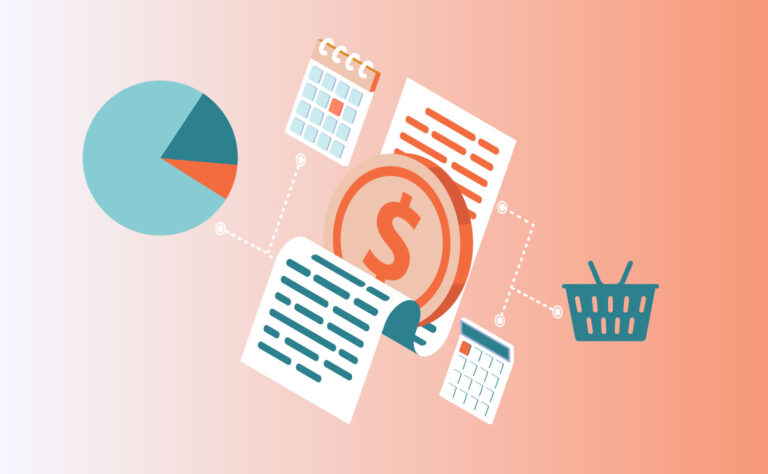If you’re running a business in Kansas right now, you’ve probably noticed something odd: the economy looks strong on paper, but customer behavior feels different.
Orders might still be coming in, but clients are negotiating harder on price. Revenue looks fine, but cash flow feels tighter. Or maybe customers are taking longer to make decisions.
Welcome to today’s mixed-signal economy, where national headlines don’t always match local realities. The good news? With the right approach, you can adapt and even find opportunities.
What We’re Seeing Across Kansas
- Retail and restaurants:Customers are choosing value options more often or spacing out their visits.
- Professional services and healthcare:Clients and patients are asking more about costs and sometimes delaying non-urgent services.
- Manufacturing and agriculture:Input costs remain high while customers are pushing harder on price.
- All sectors:Labor and insurance costs continue to climb, making cash flow management critical.
Key Metrics That Tell the Real Story
Revenue matters, but it doesn’t tell the whole picture. Here are four sets of numbers that reveal what’s really happening in your business:
Customer Behavior
- Average transaction size – Are customers trading down or holding steady?
- Purchase frequency – Are they coming back as often or stretching the time between visits?
- Customer mix – Are price-sensitive buyers growing while premium buyers shrink?
- Payment patterns – Are clients paying slower or asking for payment plans?
Cash Flow
- Days Sales Outstanding (DSO) – How long it takes to collect after a sale. If it’s growing, review collections and consider deposits.
- Cash conversion cycle – How long cash sits in inventory or receivables. Look for ways to turn it faster.
- Operating cushion – Do you have 2–3 months of expenses set aside? If not, build that buffer before expanding.
Cost Management
- Gross margin by product/service – Which lines are still profitable?
- Fixed vs. variable costs – The more flexibility you have, the easier it is to adapt.
- Labor efficiency – Are you staffed for current demand, not last year’s?
Decision Framework
Before any big move—expansion, new hire, major purchase—ask:
- What needs to go right for this to work?
- What happens if revenue dips 10–15% or costs rise another 5%?
- Can I pause or reverse this if needed?
Industry-Specific Indicators
- Manufacturing and distribution: Monitor inventory turns and negotiate supplier terms.
- Professional services: Track pipeline conversion and project size shifts.
- Retail and restaurants: Watch same-store sales vs. average ticket, and food costs as a % of sales.
- Construction and trades: Keep an eye on bid-to-win ratios and time-to-decision on projects.
What to Do with This Information
- If metrics look strong: Great. Use this time to build reserves or capture market share from weaker competitors.
- If you see softness: Focus on cash flow, margins, and customer retention. Flexibility is your friend.
- If you’re in a growth spurt: Don’t assume it lasts forever. Protect today’s gains by shoring up reserves.
The Bottom Line
You can’t control the economy, but you can control how well you understand your numbers and how quickly you adjust. The businesses that thrive in uncertain times aren’t the ones that guess the economy right, they’re the ones that prepare, watch carefully, and act early.
Need a clearer picture of your financial position? CGP Group helps Kansas business owners set up reporting systems that make sense, spot vulnerabilities, and make better decisions.






